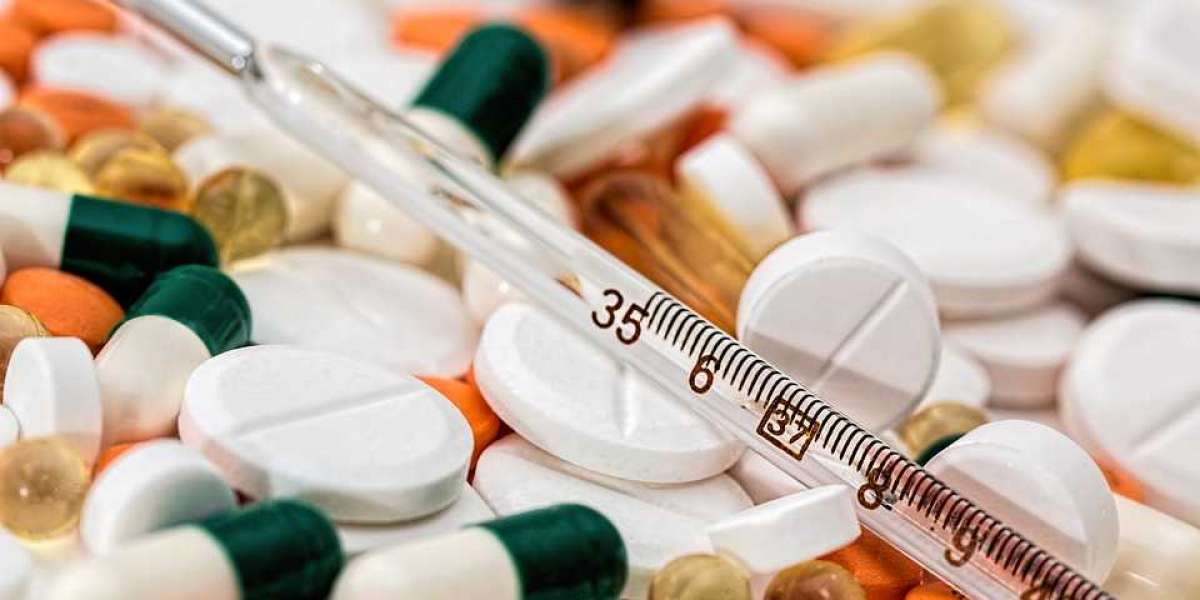In the dynamic world of aerospace engineering, where precision and reliability are paramount, advancements in coating technologies have become essential for enhancing the durability and performance of aircraft components. Among these innovations, Physical Vapor Deposition (PVD) and Chemical Vapor Deposition (CVD) technologies stand out as game-changers, offering unparalleled capabilities in surface enhancement and protection. Let's explore the transformative potential of PVD and CVD coatings and their significance in aerospace coating applications.
Understanding PVD and CVD Coatings
Physical Vapor Deposition (PVD): PVD coating involves the deposition of thin layers of material onto aerospace components through physical processes such as evaporation or sputtering in a vacuum environment. This technique creates a hard, wear-resistant coating that adheres strongly to the substrate.
Chemical Vapor Deposition (CVD): CVD coating utilizes chemical reactions to deposit thin films onto aerospace surfaces. Precursor gases react to form a solid coating layer, offering exceptional properties such as corrosion resistance, thermal stability, and precise control over coating thickness.
Advantages of PVD and CVD Coatings
Enhanced Durability: pvd coating and CVD coatings significantly improve the hardness and wear resistance of aerospace components, extending their operational lifespan and reducing maintenance costs.
Optimized Performance: Coated aerospace components experience reduced friction and wear, resulting in smoother operation, increased fuel efficiency, and enhanced overall performance.
Corrosion Protection: PVD and CVD coatings act as a protective barrier against corrosion, safeguarding aerospace surfaces from environmental degradation and harsh operating conditions.
Temperature Resilience: cvd coatings exhibit excellent thermal stability, making them well-suited for high-temperature applications encountered in aerospace engineering.
Applications in Aerospace Engineering
Turbine Blades: PVD and CVD coatings are applied to turbine blades to enhance their resistance to erosion, corrosion, and thermal fatigue, thereby improving engine efficiency and reliability.
Engine Components: Critical engine components such as compressor blades and combustion chambers benefit from the wear resistance and thermal protection provided by PVD and CVD coatings.
Structural Elements: Aerospace structural components, including wing leading edges and fuselage panels, are coated with PVD and CVD coatings to mitigate corrosion and wear, ensuring the longevity of aircraft structures.
Future Prospects
As aerospace advance technology continues to advance, the demand for advanced coating solutions like PVD and CVD coatings is expected to grow. Ongoing research and development efforts will focus on further optimizing coating materials and processes to meet the evolving needs of the aerospace industry.
In conclusion, PVD and CVD coatings represent a transformative advancement in aerospace engineering, offering unparalleled durability, performance, and protection for critical aircraft components. With their remarkable properties and diverse applications, these coatings play a vital role in shaping the future of aerospace technology, driving innovation, and ensuring safer, more efficient aircraft operations.








